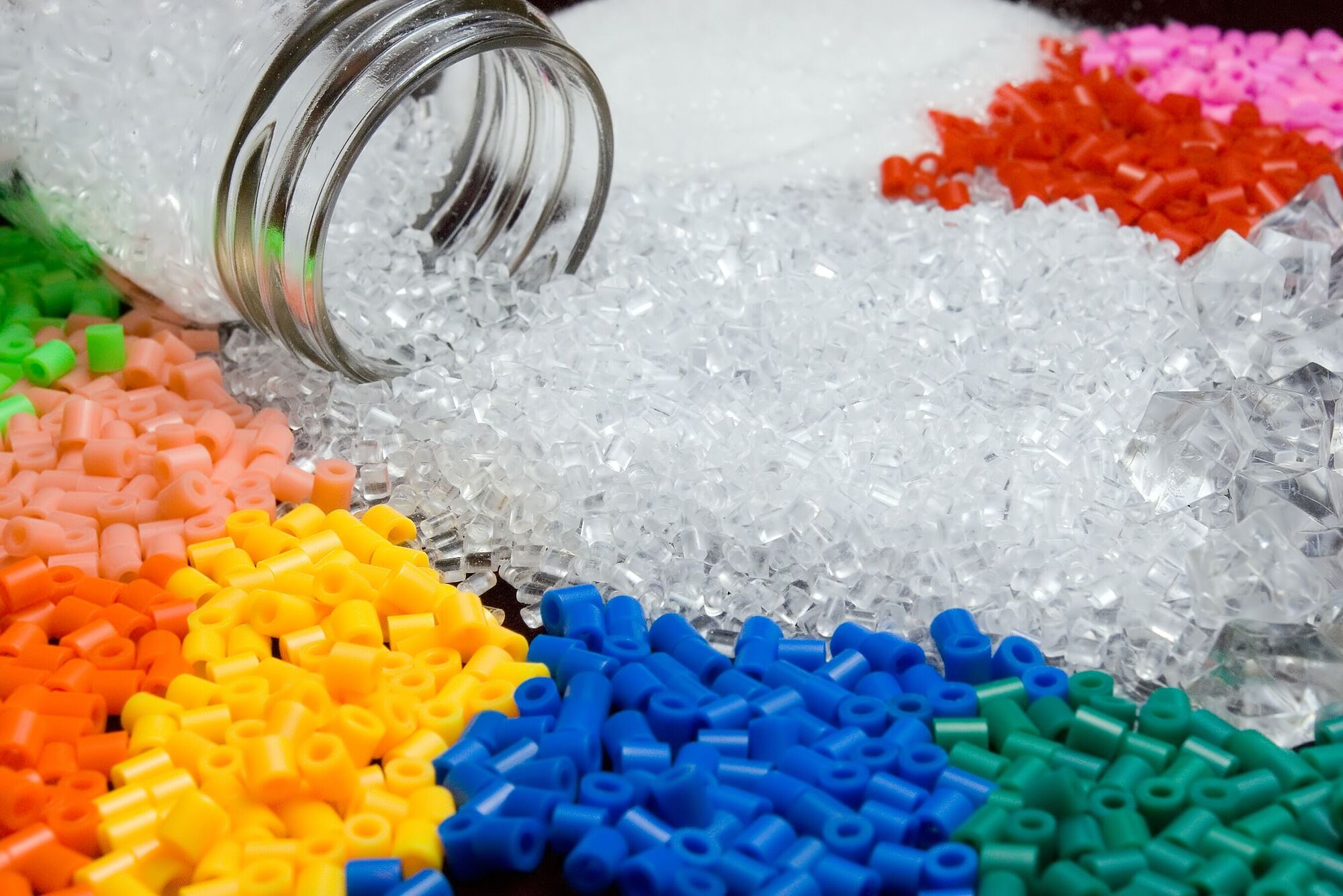
Polymers are studied in the fields of polymer science (which includes polymer chemistry and polymer physics), biophysics, and materials science and engineering. Historically, products arising from the linkage of repeating units by covalent chemical bonds have been the primary focus of polymer science. An emerging important area now focuses on supramolecular polymers formed by non-covalent links. Polystyrene of latex rubber is an example of a natural polymer, and the polystyrene of styrofoam is an example of a synthetic polymer. In biological contexts, essentially all biological macromolecules—i.e., proteins (polyamides), nucleic acids (polynucleotides), and polysaccharides—are purely polymeric, or are composed in large part of polymeric components.
Ever since it has been in practical use, nanotechnology hasn’t ceased to amuse. It has, yet again, been delivered, and this time in the form of a highly application-oriented chemical material. The ‘polymer foam’ is a material whose chemical matrix is inclusive of several tiny porous holes, making them beneficial across several domestics as well as industrial applications. Nanotech has sufficed the need for complex requirements in applications that once seemed highly unattainable. As ‘complex’ as it may sound, polymer foam is simple material that is used in structural applications to maintain the consistency and density of the substance. Based on their abilities to maintain the desired structure of the substance in which they are used, they find widespread applications in diverse industries, including packaging, automotive, aerospace, building and construction, bedding, and a few medical applications.
The Initial Process: Analyzing the Ongoing Trends in Manufacturing of Polymer Foams
Polymer foams can be categorized on the basis of density, average cell size, and cell density. Naturally, the manufacturing of all these variants differ from each other. We can go all day about the chemical composition side of it, but to put it in a clearer context, different agents are used with respect to the desired output. There is no general structure as such, but we are sure of the variable chemical agents that are used in manufacturing. There have been several efforts in reducing the complexity of developing polymer foam. Recent molecular advances have in fact helped resolve this dilemma. So to sum it all up, the foaming process of a polymer can be differentiated into three stages:
- Cell Formation: Involves introduction of chemical agent.
- Cell Growth: Associated with an examination of cell development.
- Cell Stabilization: Involves the use of cooling or surfactants to ensure cell stability.
Increasing R&D Investment Have Ignited Numerous Industry Developments
The potential held by polymer foam has drawn huge investments by investors and manufacturers alike. The surge in upfront investments is a promising sign of rapid advances in the near future. Although we can expect, even more, product advances in the coming years, we can only work with what we have currently got. Based on the current status of polymer foam, listed below are a few of the major industry developments that have come under the limelight in recent years.
- Huntington Solutions’ Acquisition of Texas Foam
In July 2019, Huntington Solutions LLC announced through a press release that it has completed the acquisition of Texas Foam, a Bastrop-based manufacturer of polymer foam as well as other related products. Although Huntington did have an established consumer base across the world, through this acquisition, its sales are likely to hit the roof. The company’s plans to increase and broaden its production capabilities speak volumes for the abilities as well as applications of polymer foam.
- Sika AG’s Takeover of Belineco LLC.
In March 2019, Sika AG, a Swiss-based specialty chemical company, announced that it has acquired Belineco LLC, a Belarus-based producer of polyurethane foam systems. This acquisition is aimed at enhancing the production and manufacturing method of polymer foam or all chemical material for that matter. This acquisition was one of the major industry developments of recent times and needless to say, it has made a strong impact on a global scale.
- Sabic Introduces New Polymer Foam Grades
In January 2017, Sabic announced the launch of two new dedicated foam grades LDPE HP2024JDF and HP2024NDF. The products were aimed at expansion in the Asia Pacific and the Middle East markets. Through these products, the company has taken a step closer to establishing itself as a renowned global leader in polymer foam manufacturing.
As Solutions to Pollution Effects are on the Horizon, Product Set to Witness Huge Demand
Like many chemicals, the use of polymer foam comes at the cost of environmental pollution. But with more molecular advances, this scenario looks set to turn on its head. As biodegradable polymer foams take center stage, we may have finally found the solution to the effects on environment. Besides biodegradable polymer foam, the efforts taken to recycle waste polymer foams. All these factors are likely to contribute to a wider product adoption of polymer foam in even more applications. Recent breakthrough concepts in polymer foam applications in the food and beverage industry have laid a massive platform for growth. As per statistics provided by Fortune Business Insights, the global polymer foam market is set to reach USD 154 billion by the end of 2026.
Author’s Bio:
Tanay Bhalla is a part of the very talented content team at Fortune Business Insights™. He is a highly-driven writer with extensive experience in market research. Tanay specializes in blogs, articles and press releases. His approach to writing is simple, intended to ensure a seamless read.